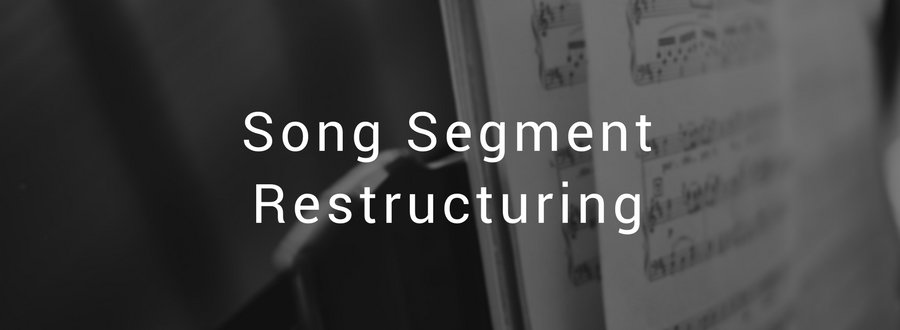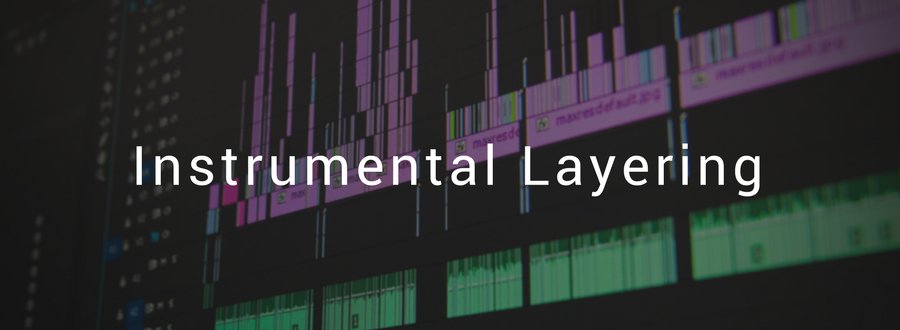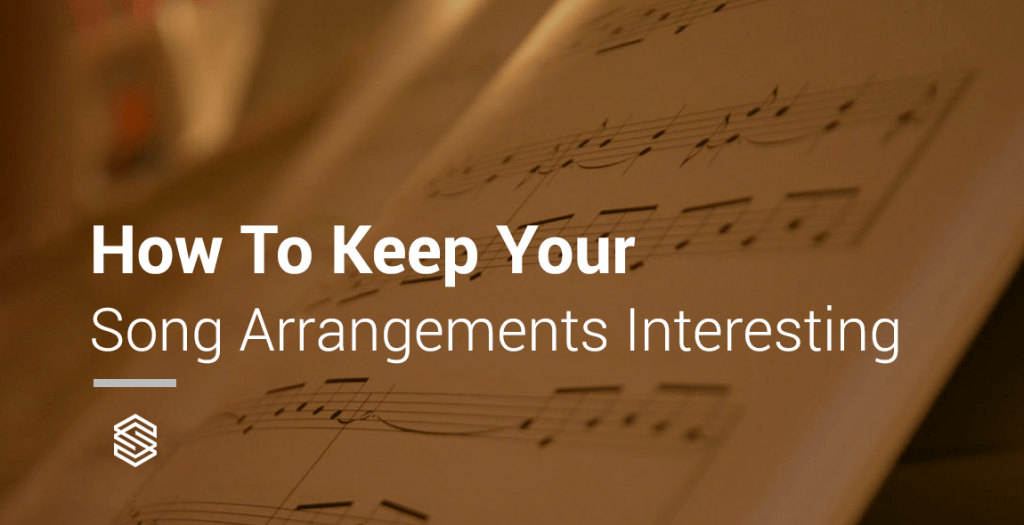
Song Arrangement
A term that has been so loosely thrown around among musicians, producers, songwriters, and composers alike. What does song arrangement actually mean?
According to our beloved Wikipedia (which we all know to be a reliable source), “Song Arrangement” is defined as “A musical reconceptualization of a previously composed work.
This definition isn’t inaccurate, and is in fact, as neutral and as general as it can get.
Song Arrangement in laymen terms, can be defined as a series of well calibrated moves that involve alternate musical phrasing, song segment restructuring, and instrumentation layering done for the sole purpose of continually keeping a particular track engaging to listeners.
Learning how to arrange your song is a MUST for any aspiring music creator. This is especially important for music producers, composers and songwriters.
It doesn't matter if you are working on an electronic music arrangement, orchestral arrangement, or any type of arrangement of music.
I am going to break down what the phrasing, song segment restructuring, and instrumentation layering mean in terms of song arrangement and give you a couple of pointers on how you can use these to improve your arrangements.
So let’s get into the arrangement tips!

A song with good musical phrasing is a song that manages to convey emotions when it matters. So, when does it matter? It matters throughout the entire songs arrangement!
The average attention span of a listener nowadays is approximately 7 seconds. That means you have 7 seconds to strike, or lose your opportunity entirely. Since listeners can tune in anytime (they may tune in to your song halfway through the chorus, or bridge etc.), you want your track be able to capture their attention at any point in the song.
This means that your track/remix/composition must have great musical phrasing at every segment. Do not adopt a mindset of “Alright, my verse isn’t great, but wait till the chorus hits! They’re going to love it!”, simply because your listeners may not stay long enough to even give your chorus a chance.
So, the next time you write or create a track, here are some suggestions you could follow:
1. Make your verse or the intro seem like it is “building” or “escalating.”
2. Make it seem as though your listener has something to look forward to by bringing in out key elements of the song.
3. Let the intro/verse have a standalone instrument or melody on its own

Unless you’re writing a pop hit, I would encourage aspiring producers to try redefining the flow of a song. The basic song structure “verse, chorus, verse, chorus, bridge (solo), chorus” has become rather stale. This is not to say it doesn’t work, but if you desire to grow as a music producer, sticking to what you’re familiar with isn’t going to help a whole lot. You need to think outside the box when it comes to song arrangement.
Here are some arrangement tips that will keep your listeners more interested in your songs arrangement:
1. Start a song with the chorus sung by a single vocalist.
2. Start a song with a captivating melody that more or less recurs throughout the entire song (this was touched on in my previous article).
3. Have a short vocal or instrumental breakdown after the first chorus before jumping back into the verse.

This is probably my most preferred song arrangement technique. How does one separate chorus one from the final chorus? Apart from volume differences, the secret lies in instrumental layering.
The best example for this would be songs that have constant melody lines repeating throughout. Here is one of my own tracks. Listen to the part approximately from 1:38 onwards and the final “chorus” at the end. (There really isn’t a chorus given that it’s a soundtrack, so perhaps “theme” would be more appropriate). I added a choir part to the entire song giving it an overall lift and a subtle conclusive feel to signify that the song is ending.
Here are some practical suggestions for layering:
1. Layer instruments when it matters and remove them when it counts. This of course depends on what you are trying to emphasize. If your chorus or hook is meant to be loud, captivating and strong, then simply mixing and matching a ton of sounds isn’t going to work. By all means layer instruments in this situation, but know how to give each instrument space. If the instruments are clashing (cymbals with the high synths for example), and are clouding out the mix, maybe its best to switch out the tone of the synth, lower the notes by an octave or perhaps even remove it entirely.
2. The layering should not be excessively obvious, but at the same time sufficient to give your music the lift that it needs. You can add this layering in the choruses, in the verses, or wherever you feel it would highlight what you are trying to say in that particular section. There is no hard and fast rule for this, so experimentation is encouraged.
I started off this article with a seemingly complex analogy of what musical arranging is or should be. In practice, arranging is simply a necessary writing/production tool to keep your listeners engaged.
Once again, what I’ve written are just suggestions and guidelines that have worked for me in the past. There is no specific formula for song arrangement. In order to keep a listener engaged you need to have a great song, keep the production quality high, (and if you’re doing this live), a great personality. Song arranging is just one tool of many that you can use to keep your listener engaged in your music. As always have fun and experiment with these music arranging techniques!
About The Author

Gregory is a cinematic composer and music arranger hailing from Singapore. In his spare time, you can find him hanging out in nearby cafes, thinking of ways to surprise his fiance or in church behind the guitar or sound desk. He likes coffee. Get in touch with him at www.gregtanmusic.net




